Innovative Solutions for Return-to-Office Challenges
Is fluctuating attendance making it difficult for your tenants to decide how much space they need? Here's how design and technology can help.
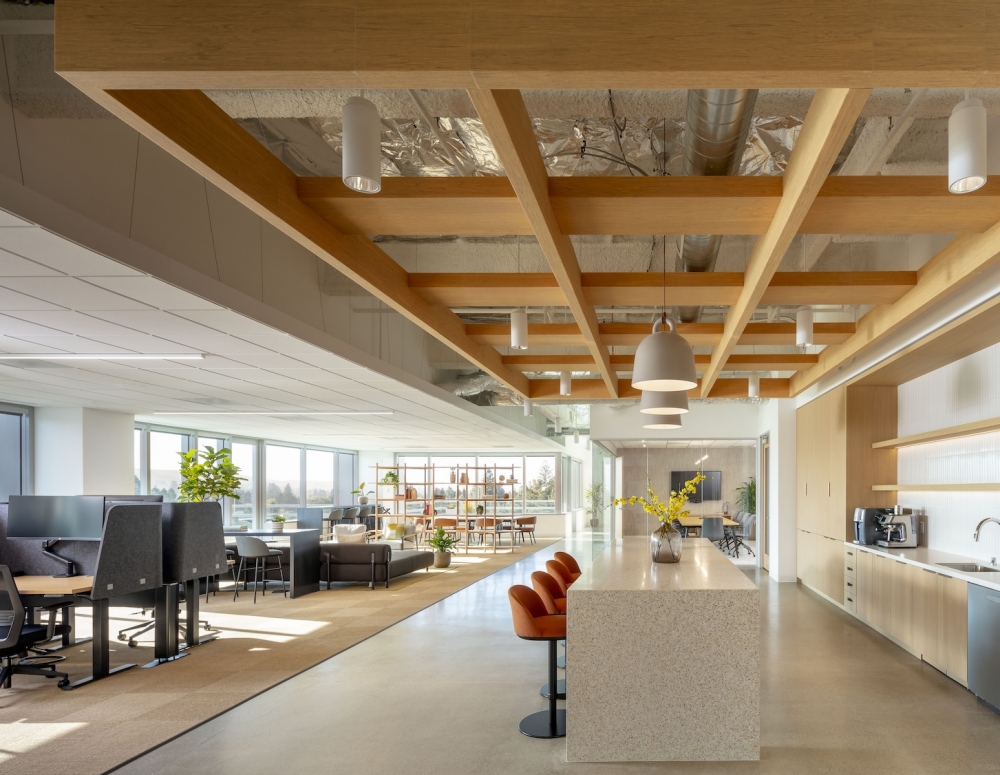
As businesses continue to navigate return-to-office challenges, one of their greatest concerns is how much space they need. Employees are enjoying the flexibility of hybrid work and this is not likely to change anytime soon, so office attendance is very unpredictable.
To support their tenants reduce the financial strain of underused spaces, landlords are coming up with diverse, flexible solutions that seamlessly blend remote and in-office work.
In San Ramon, Calif., one of the largest job centers in the Bay Area, Bishop Ranch just launched a new turnkey office program, designed to meet the changing needs of the modern workforce.
READ ALSO: Here’s a Surprising Shift in Remote Work’s Appeal
“There’s fatigue over the conversation of what to do with office space, so we worked with corporate leaders, architects and other experts to figure out how to eliminate the guesswork and create spaces that people would want to come to,” said Andrea Reeder, senior vice president of leasing at the business park.
The campus now includes more than 15 suites ranging from 3,000 to 10,000 square feet for companies with a daily peak attendance of 10 to 50 employees, all fully equipped and move-in-ready. Designed to meet the demands of hybrid workers, the office suites include modern furniture and advanced technology that allows employees to have access to a cohesive and productive environment, whether working onsite or remotely.
Why design is more important than ever
Fluctuations in employee attendance are a significant challenge in hybrid work environments, agrees Ashley Dunn, principal at architecture firm Dyer Brown & Associates.
“People are unpredictable and day-to-day behaviors may be at odds with what folks say they want when asked,” Dunn said.
So, to her, success in hybrid office design comes from balancing the right amenities with clear policies and expectations.
“A large cafe or gathering space is great, but if you don’t offer programs to support it—like continuing education, social gatherings or mentoring opportunities—then it’s just an empty space,” Dunn believes.

Additionally, simply requiring employees to work from the office without providing the necessary technology or suitable workspaces is not enough, and it will simply lead to dissatisfaction and failure in enforcing hybrid policies. So setting clear guidelines and supporting their implementation with well-designed environments and technology that show employees the benefits of working in-person is key in addressing return-to-office challenges.
“Our standard practice is to continue working with our clients well into the rollout and occupancy phases, often conducting follow-up surveys to gauge employee satisfaction,” Dunn said. “This iterative process allows for adjustments to be made, ensuring that the design continues to provide value and supports business goals.”
READ ALSO: Designing an Office Experience That Feels Like Home
In addition to addressing the logistical and technological aspects of hybrid work, design has also begun to play an increasing role in fostering a sense of inclusion, empowerment and belonging. And employers can make the workplace more comfortable, productive and attractive for their entire workforce, including neurodivergent workers, who are often overlooked, according to Katherine Berger, associate principal at Svigals + Partners.
“Incorporating designs that reduce anxiety, address sensory stimulation and enhance communication are great ways to make the office workable for everyone returning onsite,” Berger explained.
For example, Svigals + Partners’ design for Kreitler Financial’s headquarters in New Haven, Conn., included private and collaborative spaces adorned with curated artwork, warm decorative lighting and other residential-inspired settings that create a welcoming environment for both staff and clients.
The same approach is evident in their design for Quantum-Si’s main office in Branford, Conn. The protein sequencing company now occupies a space that includes a bright, open work setting with a mix of common areas, private offices and touchdown spaces, as well as a wellness room for privacy. These thoughtful design elements not only cater to diverse workstyles but also address the sensory and emotional needs of a varied workforce that excels in an inclusive, adaptable environment.
Spaces that evolve with changing needs
Design and technology have become critical tools in creating work environments that meet the needs of a postpandemic workforce, particularly in supporting hybrid work models and fostering a sense of community.
“Integrating flexible, multi-use spaces can maximize value when in-person attendance is lower and desirable amenities help ensure employees have the right incentives to work in the office at least a few days a week,” said Dunn.
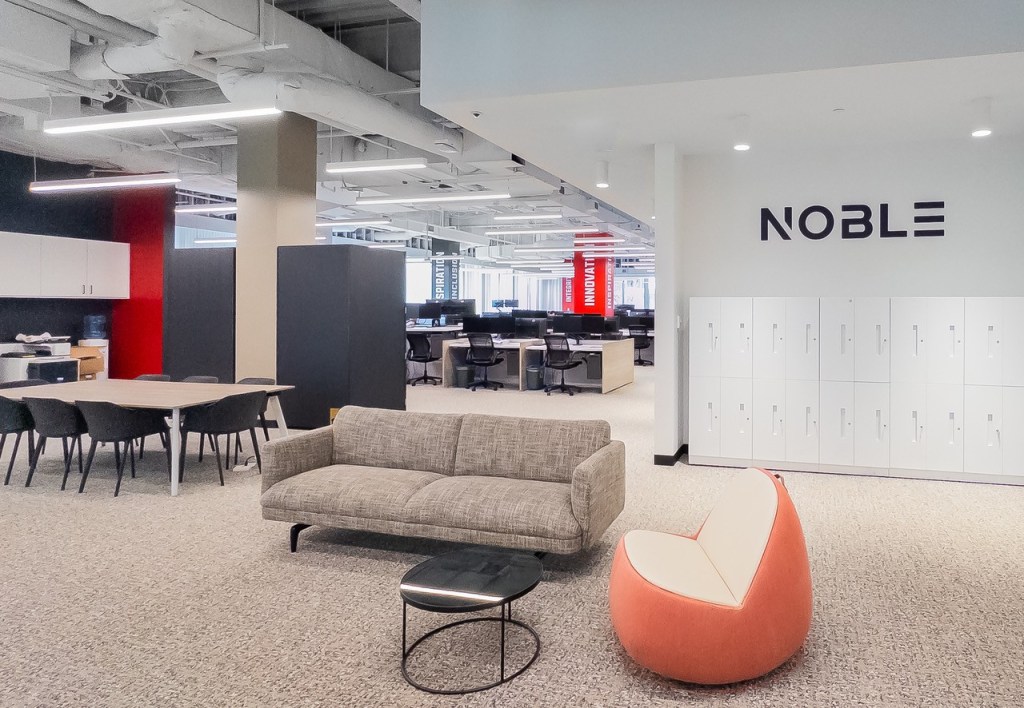
Dyer Brown designed the new global headquarters of Noble, a family-owned logistics contractor in Boston. The design specialists prioritized both collaboration and comfort, helping the company address return-to-office challenges by creating a professional yet welcoming space that enhances teamwork, supports flexibility for future growth and encourages employees to come to the office regularly.
“We conducted an initial employee survey that revealed the primary goals were to nurture the company culture, enhance collaboration and focus on flexibility for changing work modes,” Dunn said.
And as hybrid work models become increasingly prevalent, commercial real estate and designers must continue innovating to accommodate this new normal. From an occupier standpoint, adopting digital and integrated technology platforms is crucial to implementing successful hybrid workspaces, according to Emily Fuller, global head of application services at RealFoundations, a professional services firm focused on the real estate industry.
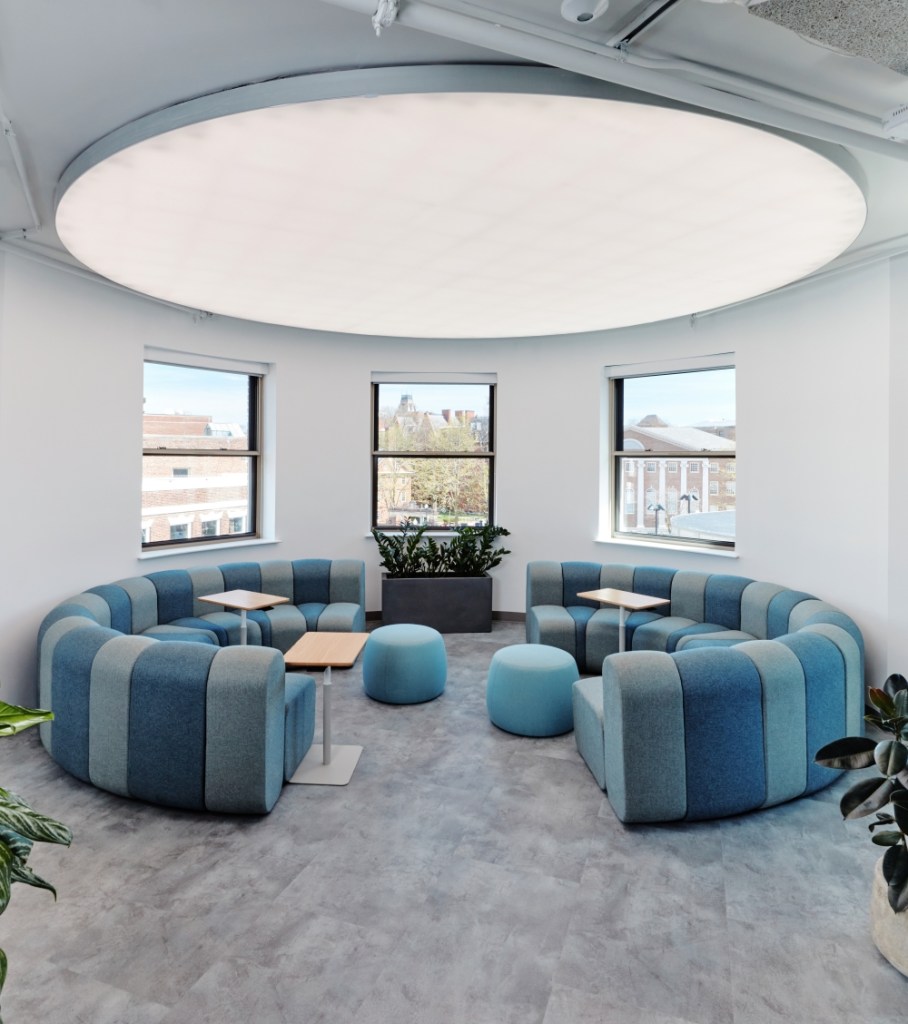
“The Microsoft suite of solutions, as an example, enables meetings, files, recordings, transcripts, conversations and plans to be accessible from anywhere with an internet connection,” Fuller said. “Microsoft’s AI-powered Copilot solution can then further enhance a company’s productivity and enable improved efficiency in work execution and communication, whether staff is at home or in the office,” she added.
Additionally, for more collaborative or interdependent tasks, both operators and occupiers today are interested in having more sophisticated conference rooms. According to Fuller, these spaces are outfitted with advanced audiovisual systems for high-quality video conferencing, complete with microphones and sound systems, as well as automated lighting and temperature controls to improve energy efficiency.
These modern spaces are not only appreciated by team members who value their flexibility, but also by employers who want to make the most of the space they occupy.
Stay adaptable, ready to pivot
Looking ahead, advanced technologies and flexible workplace designs will be crucial in neutralizing the unpredictable nature of hybrid attendance and supporting companies navigate return-to-office challenges overall.
“Hybrid workspaces can be thoughtfully designed to accommodate both remote and in-office work,” Fuller said, pointing to adaptable workstations, dedicated collaboration areas and cutting-edge conference rooms as just a few answers to the office attendance dilemma going forward.
Fuller also believes that adopting managed services that provide scalable solutions and enable quick adaptation to changing needs will allow companies to optimize their office space as in-office attendance fluctuates, reducing the financial strain of underused spaces.
“Most employees will never return to a five-day office week… Real estate and facilities teams must stay adaptable, ready to learn from what works and willing to pivot as new generations enter the workforce,” Dunn concluded.

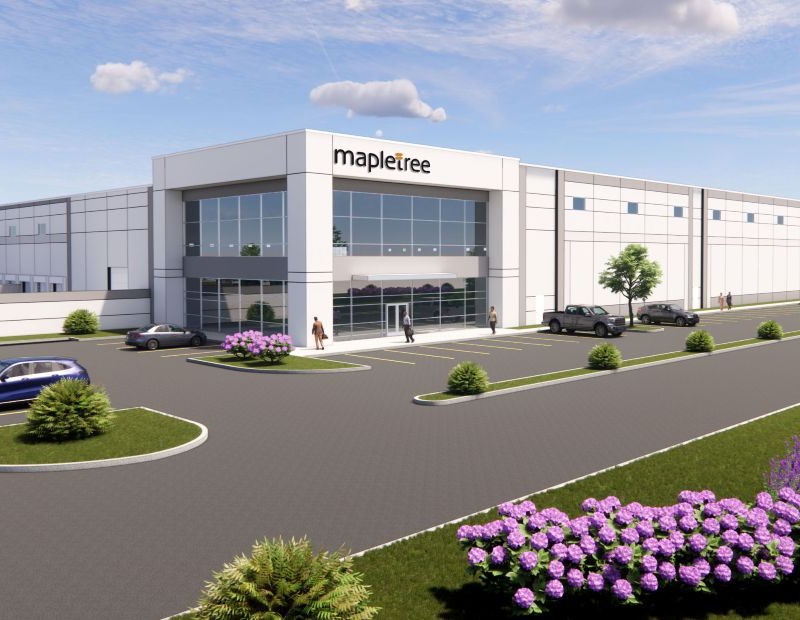
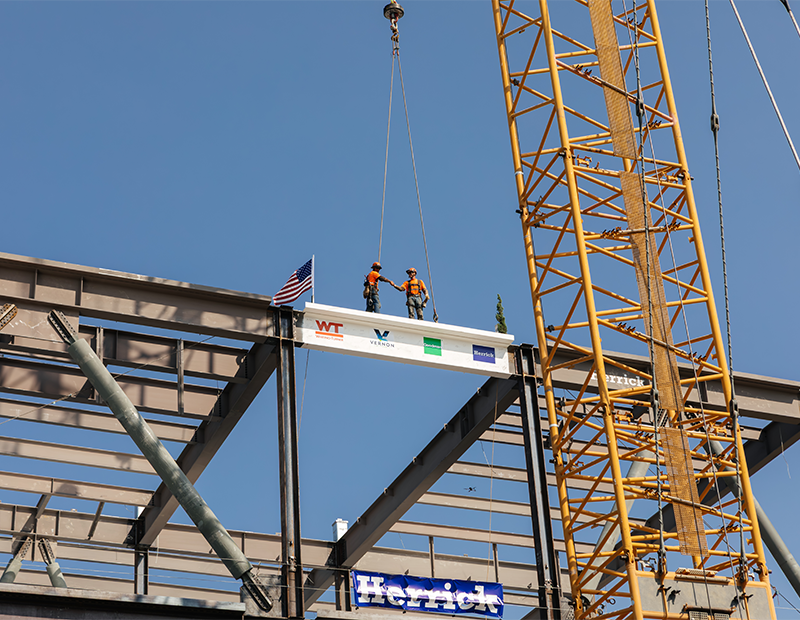
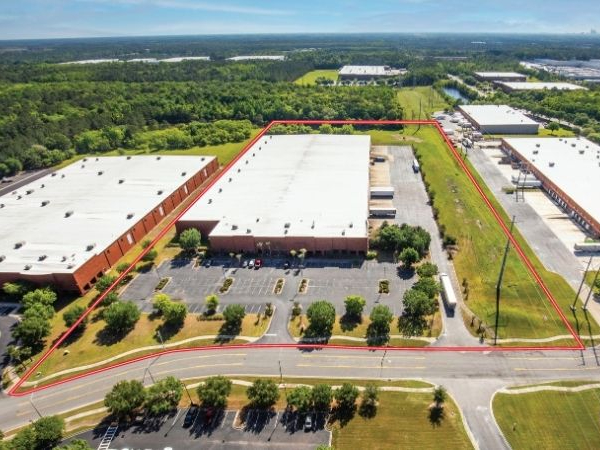

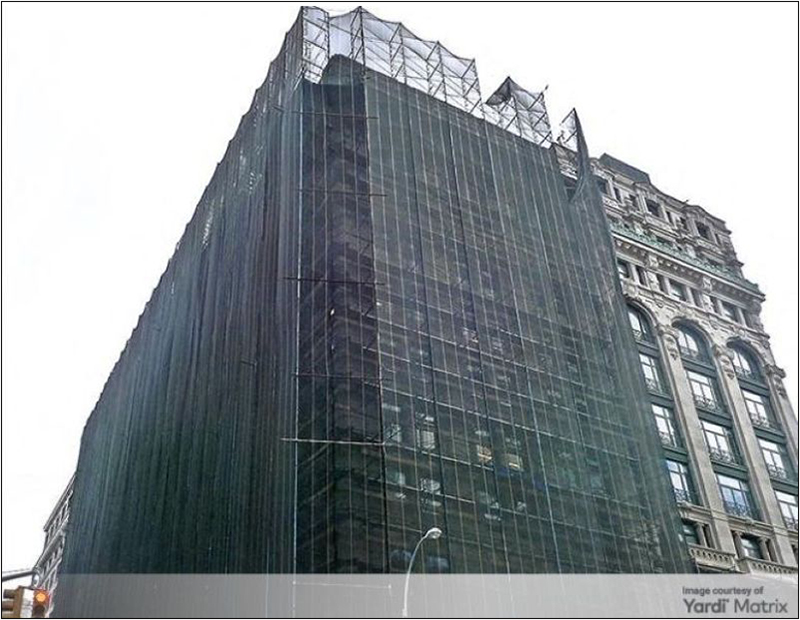
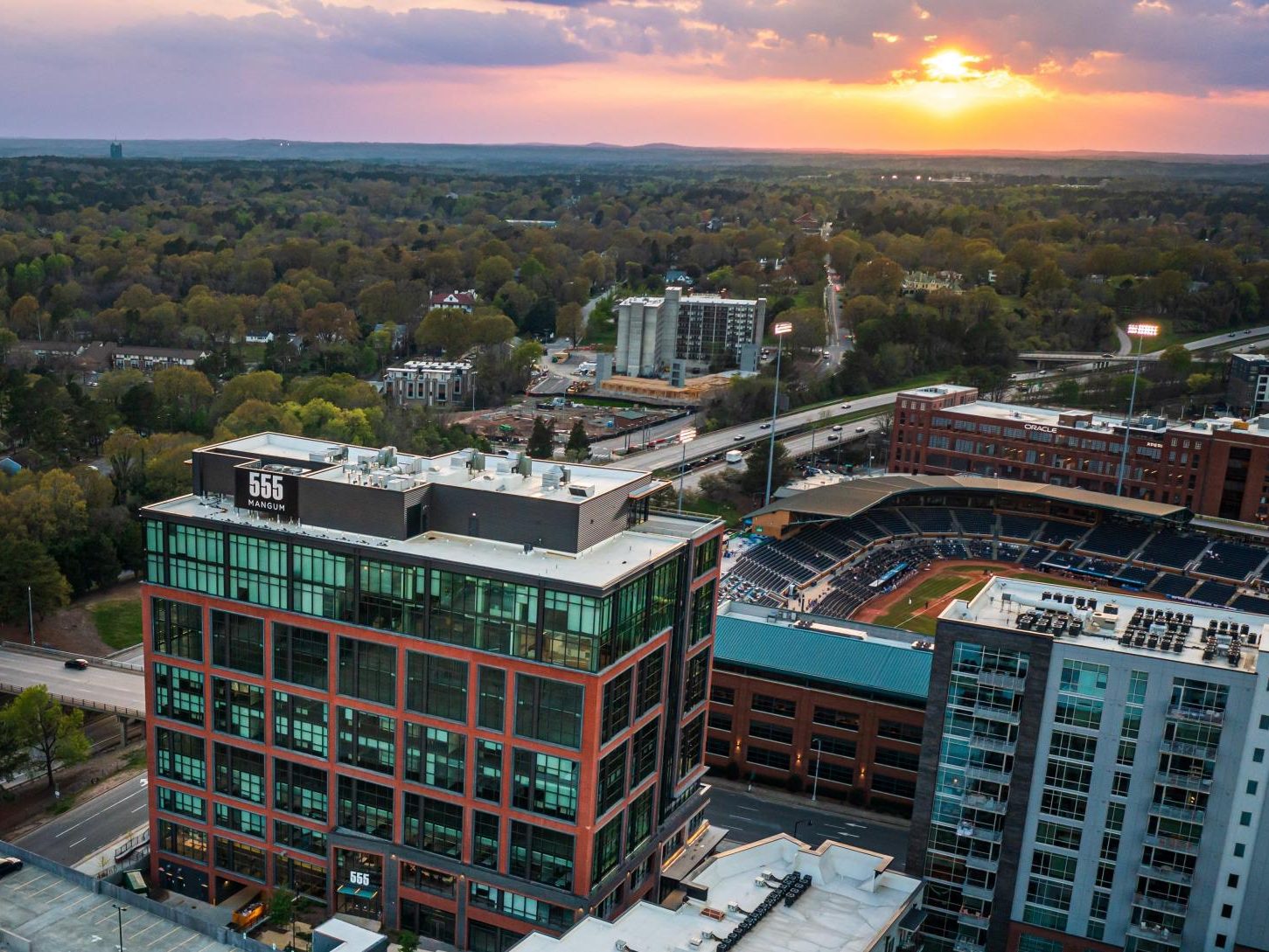
You must be logged in to post a comment.